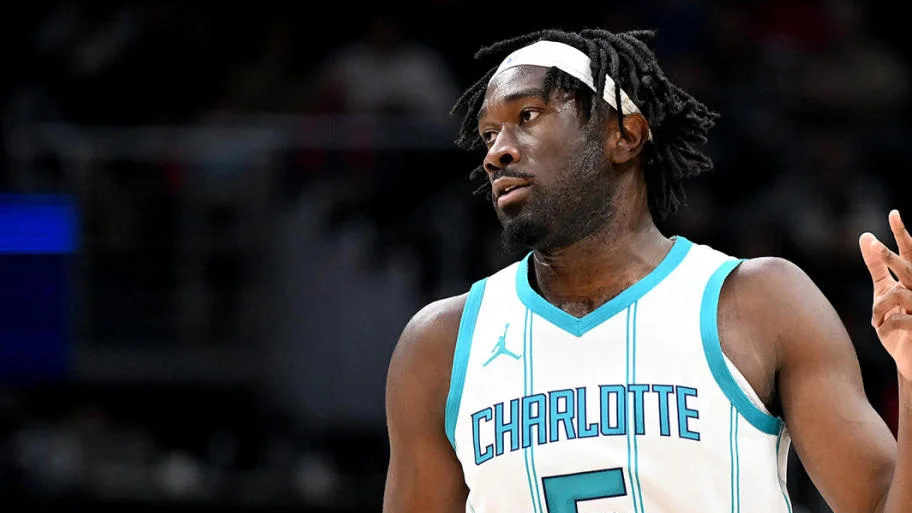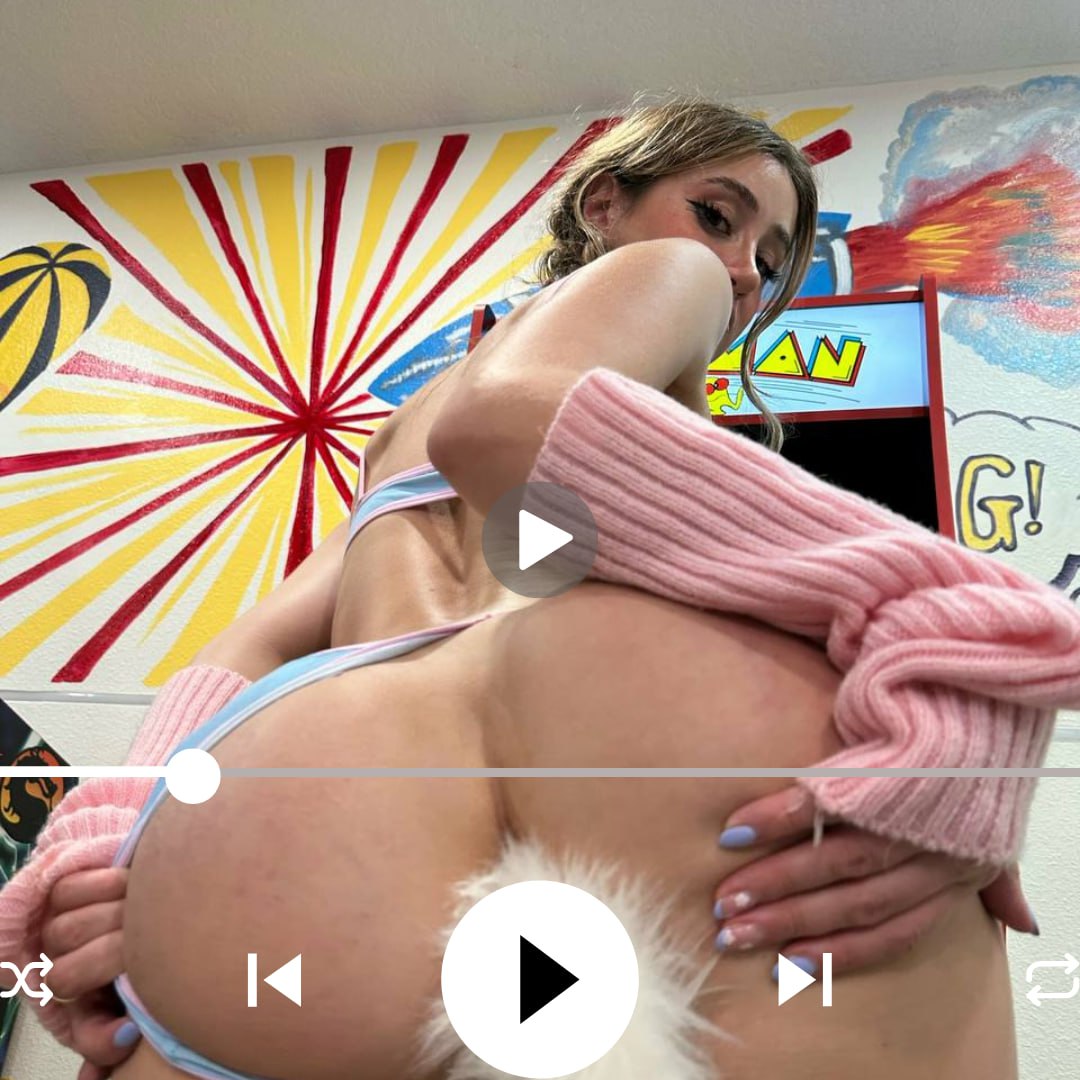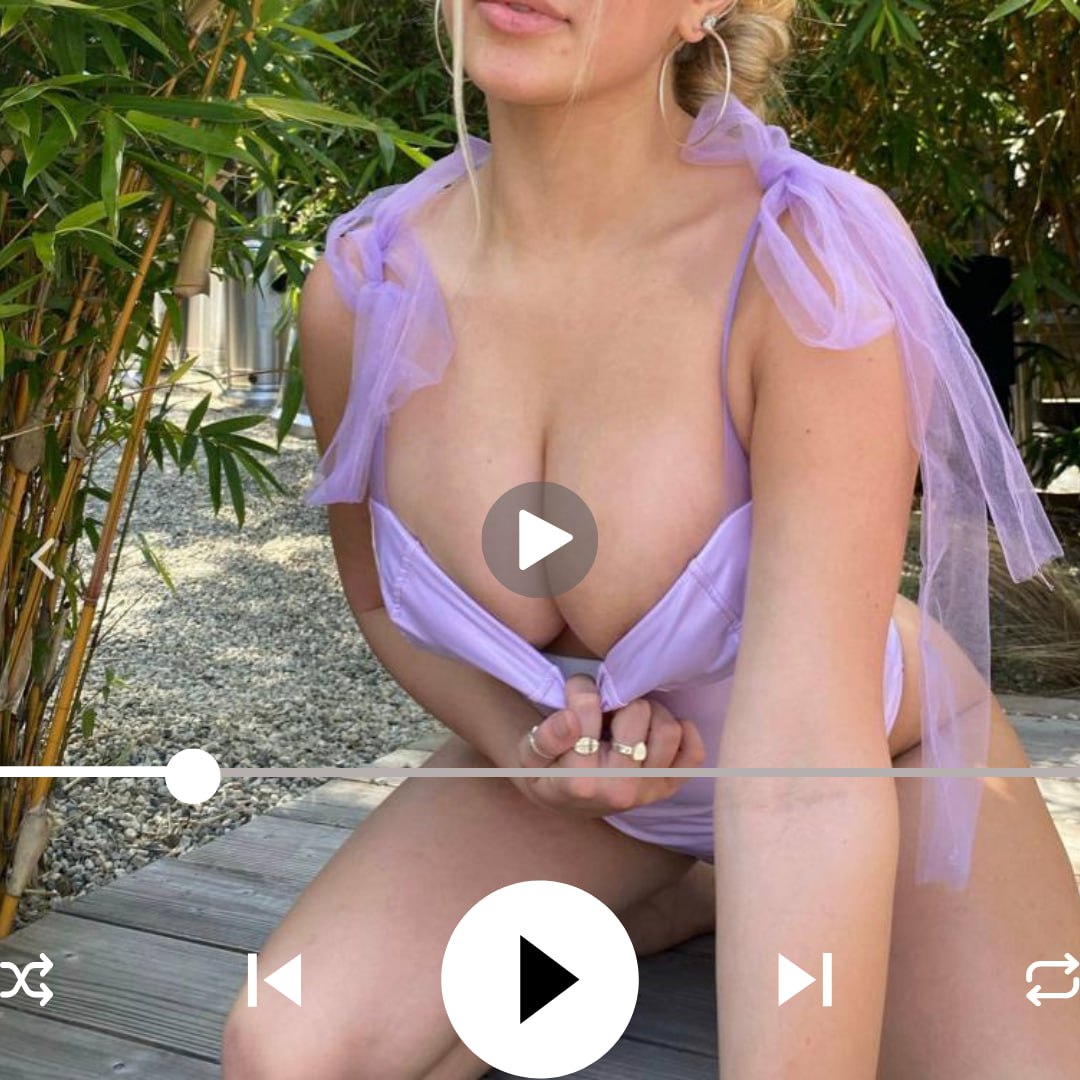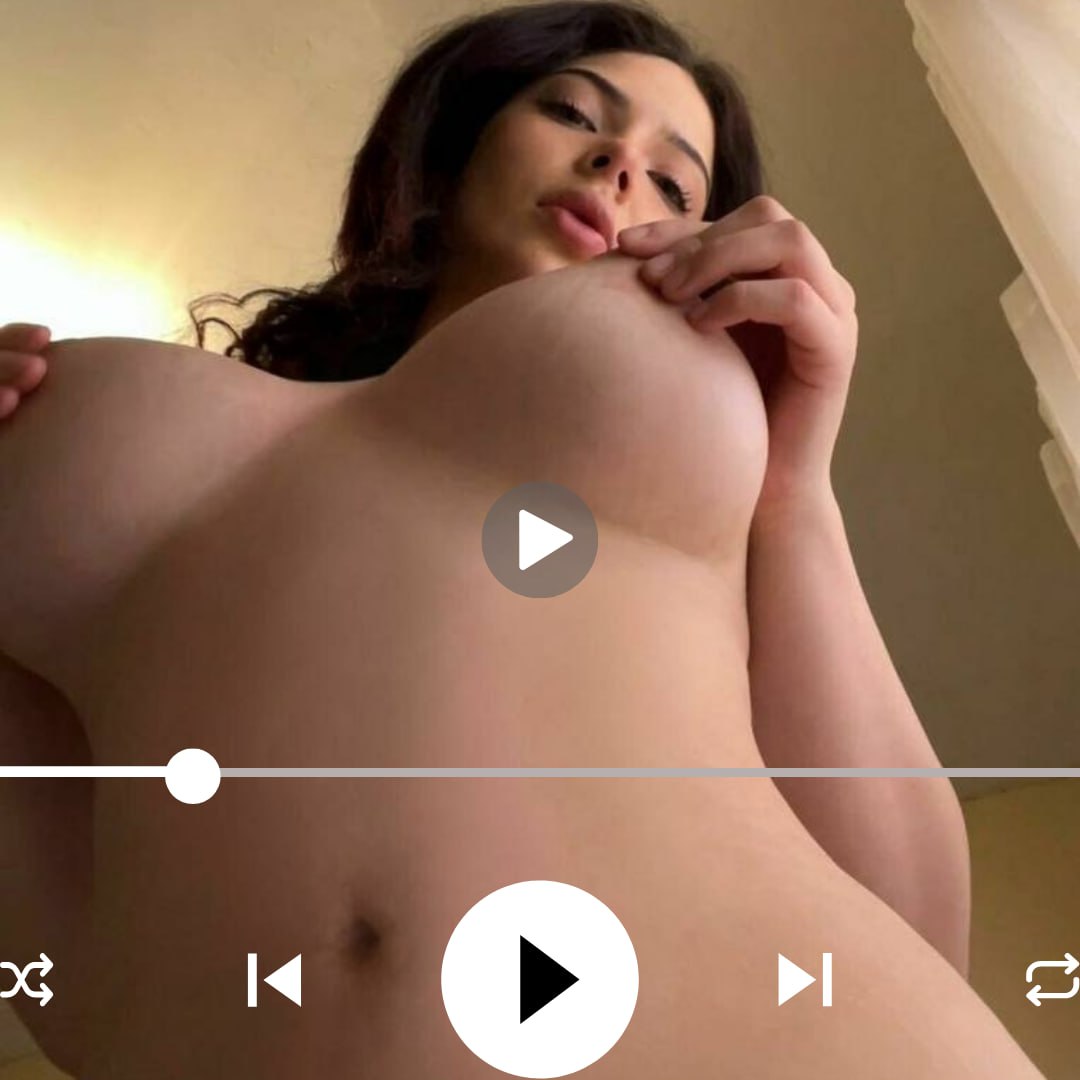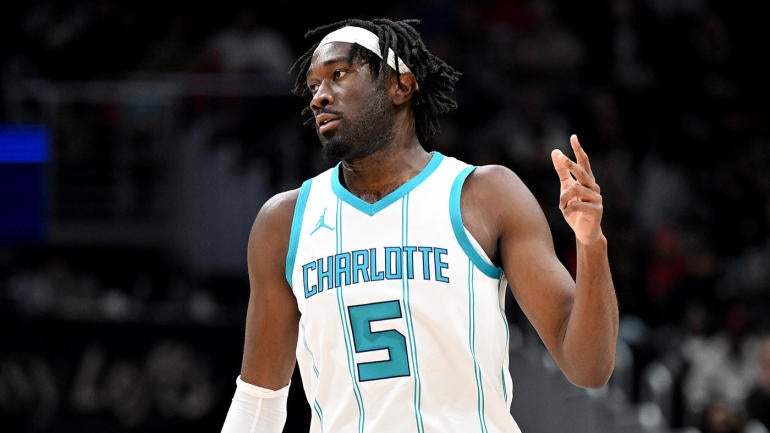
Getty Images
The Los Angeles Lakers landed Luka Doncic over the weekend, but the push to bring aboard the future face of the franchise left them with an unbalanced roster that badly needed tweaking. On Wednesday night, they took their first real step in that direction. In a surprising trade, they landed third-year Charlotte Hornets center Mark Williams in exchange for Dalton Knecht, Cam Reddish, a first-round swap in 2030 and an unprotected first-round pick in 2031.
The move may not register as Earth-shattering by the lofty standard this deadline has set, but it’s enormously significant for the Lakers in both the present and the future. Right now, Williams steps in as the center replacement for Anthony Davis, who now plays for the Dallas Mavericks. For the long haul, Williams figures to be one of Doncic’s core teammates as the Lakers attempt to build a sustainable winner around their new MVP candidate. So how did the Lakers and Hornets do in this deal? Let’s grade it below.
Lakers get:
Hornets get:
- Dalton Knecht
- Cam Reddish
- 2030 first-round pick swap
- 2031 unprotected first-round pick
Lakers: B+
At Doncic’s introductory press conference on Tuesday, Lakers general manager Rob Pelinka cited versatility, mobility and the ability to catch lobs as the key traits he was looking for in a center for his new cornerstone. Behind the scenes, Doncic reportedly shared with the Lakers how valuable it was for him to play with Daniel Gafford and Dereck Lively II in Dallas, centers who possess those traits. That presumably compelled the Lakers to go out and find a similar player.
They’ve done so in Williams, an elite seven-footer that should fit with Doncic and LeBron James immediately. Williams is averaging nearly 16 points per game this season, and almost all of them come out of shots created by teammates in pick-and-roll. As a reminder, he was playing for the lowly Hornets before. Now, he has two of the greatest pick-and-roll players in NBA history by his side. He is a strong offensive rebounder that puts back misses from his teammates, and he runs the floor well enough to pick up free points in transition. The offensive fit here is a no-brainer. That he’s also a sorely underrated passer that can make plays out of the short-roll is just a bonus.
The immediate questions come on defense. Williams has one or two highlight plays per game that leave you convinced he is bound for All-Defensive selections. According to craftedNBA, he has the 10th-longest wing-span in the NBA at 7-6.5. Players that big should not be able to move as well as he does. He has all of the tools he needs to excel defensively. It just hasn’t happened consistently yet. Too frequently, he is caught out of position or napping on a back-cutter. In fairness to Williams, he’s a young center playing on a bad team. Think about how much better Gafford got in Dallas. He was an underwhelming defender with the Wizards, but almost immediately grew into a high-end rim-protector on the Mavericks. Williams should get better with both age and time in a better environment. The Lakers will have to hold him accountable, but there is no reason to believe he can’t grow into a strong defensive centerpiece.
So why a “B+” instead of an “A?” A few reasons. Health is the biggest. Williams has played just 85 games across his first three seasons. A back injury ruined his sophomore season a year ago. Foot injuries have lingered this season. The Lakers are reportedly confident in his medicals, but any time a player has missed this much time, he has to be considered a health risk moving forward.
Now, some degree of risk is a necessary component of roster-building. What makes this risk so scary for the Lakers, however, is that they were already pretty limited in the assets they had to work with. They owed one first-round pick out to the Hawks from the Davis trade and another to the Jazz from the Russell Westbrook trade. They gave the Mavericks their 2029 first-round pick to get Doncic, and their 2024 first-round pick, Knecht, now plays for the Hornets.
The Lakers are now down to four relatively meager tradable draft assets. They can offer their own 2025 second-round pick, swap rights on their first-round picks in 2026 and 2028, and the protected portion of their 2027 pick can be traded outright (essentially meaning the Lakers can tell a team “you get our pick if it lands between No. 1 and No. 4”). This was the sort of shot they could only really take once. If it doesn’t work, they can’t just trade more picks to correct the problem.
The flip side of that, though, is that Williams is still on a rookie deal, and is therefore fairly cheap. The Lakers may not have many picks left to trade, but they have plenty of cap flexibility. Other center targets, like Nicolas Claxton or Clint Capela, would have almost certainly cost Rui Hachimura as matching salary. Now Hachimura is still in place, either as a trade chip to fill another hole or a player who can help the team now.
Looking ahead a bit, the Lakers have barely any salary on their books for the 2026 offseason. Both Williams and Austin Reaves will have small cap holds as free agents if they are not extended ahead of time (and Reaves almost certainly won’t be), so that will give the Lakers room to drastically reshape that roster at that point. Heck, James could even leave a bit of money on the table with his player option this summer as he offered to do last summer if the right target presents himself.
So yes, the Lakers are pretty limited on the asset front, and that prevents them getting an “A” here given the risk associated with Williams. However, the reward of getting a player this good, this young and this compatible with the existing roster earns the Lakers very strong marks. Rob Pelinka is having one heck of a deadline.
Hornets: B
Rarely does it make sense for a rebuilding team to give away an up-and-coming 23-year-old as the Hornets have with Williams here, but in Charlotte’s specific situation, it’s a pretty defensible decision. For starters, the Hornets have grown increasingly reliant on two-way center Moussa Diabate since trading Nick Richards. He has been stellar for them in that stretch. Charlotte — yes, Charlotte — has a plus-7.1 net rating with him on the floor post-Richards trade and a plus-5.9 net rating with him for the season as a whole. Many metrics suggest he is one of the best per-minute defensive bigs in the NBA this season. He has a long way to go offensively, but this trade could easily be a vote of confidence in Diabate rather than any sort of indictment of Williams. They figure to sign him to a multi-year deal at some point soon.
Second, it’s reasonable for the Hornets, specifically, to have a lower appetite for risk than the Lakers. Nobody is dropping Luka Doncic in their lap. If they sign Williams to a long-term extension and he can’t stay healthy, they’re not going to have an easy time finding or developing a replacement. Players want to play for the Lakers. That will be especially true now that Doncic is there. Even with their limited remaining assets, they just have access to a wider talent pool than most of the league, and that allows them to take chances other teams wouldn’t. The Hornets already have an injury-prone star point guard in LaMelo Ball. Cashing in an injury-prone center at the peak of his value makes some sense.
And, finally, the Hornets are still very early into this rebuild. From that perspective, it makes sense for them to want to remain a bit more liquid from an asset perspective. Their new front office has collected an impressive array of picks since taking over two summers ago. They have incoming first-round picks from the Mavericks (from the P.J. Washington deal), the Heat (Terry Rozier) and now the Lakers. The Hornets are still figuring out what kind of team they want to build. With this move, they’ve given themselves a lot more flexibility to do that, and they’ve added a rookie sharpshooter in Knecht with two more years of team control than Williams in the process.
So yes, the Lakers are getting the best player in this trade, but the deal as a whole was mutually beneficial. Williams is going to be more valuable playing with Doncic than he likely ever would have been in Charlotte, and the Hornets took advantage of that to secure a good return for their young center.
